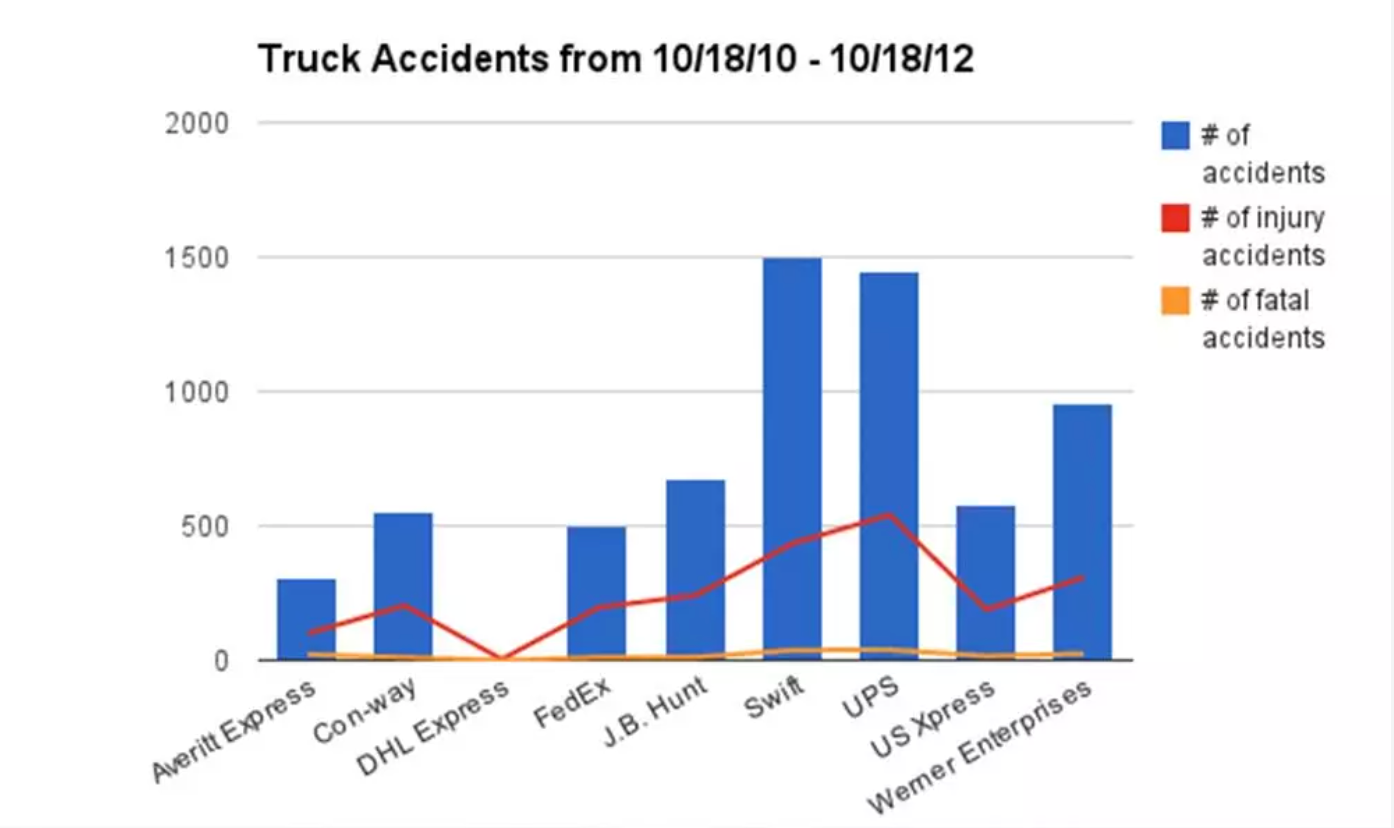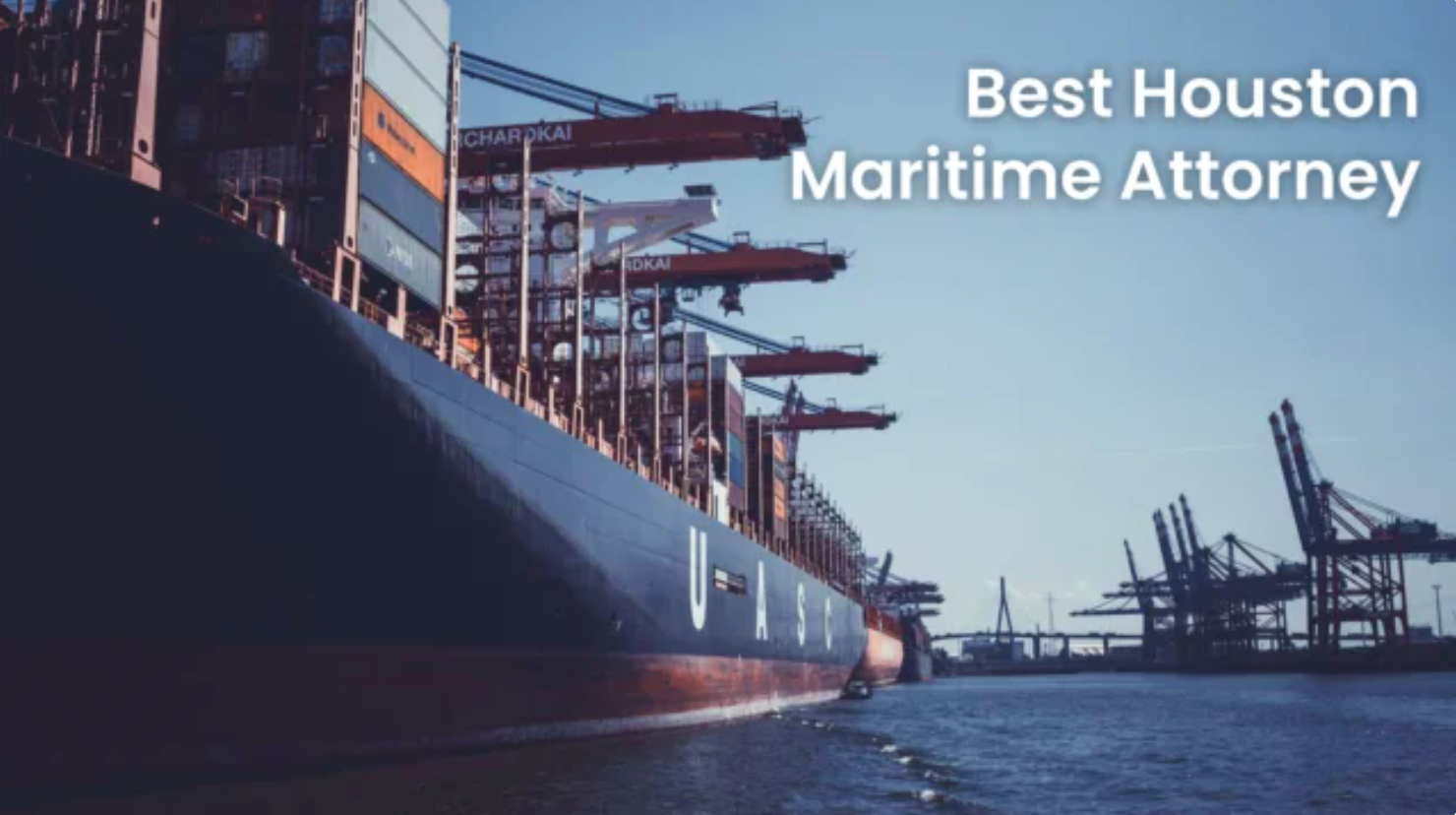Truck Accident Statistics for 2023 in the USA
As the wheels of commerce continue to turn on the expansive highways of the United States, the presence of commercial trucks is an integral aspect of the nation’s transportation system. However, with this increased traffic comes the unfortunate reality of truck accidents. Understanding the latest truck accident statistics for 2023 is crucial for policymakers, law enforcement, and the general public alike. This article delves into the data, shedding light on the current state of truck accidents in the USA and highlighting trends that demand attention.
1. Overall Trends in Truck Accidents
As of mid-2023, truck accidents continue to be a concerning issue on American roads. According to preliminary data, the frequency of truck accidents remains steady compared to recent years. However, the severity of these accidents, particularly those involving fatalities and serious injuries, is a cause for heightened concern. Analyzing the overall trends provides a comprehensive picture of the challenges posed by truck accidents in 2023.
2. Fatalities and Injuries
One of the most alarming aspects of truck accidents is their potential for severe consequences. Preliminary statistics for 2023 suggest that fatalities resulting from truck accidents remain a significant issue. While advancements in vehicle safety technology have contributed to a decline in some types of accidents, the sheer size and weight of commercial trucks make them particularly dangerous when collisions occur. The number of injuries, both minor and severe, continues to be a cause for concern, emphasizing the need for comprehensive safety measures.
3. Contributing Factors to Truck Accidents
Understanding the factors that contribute to truck accidents is essential for devising effective prevention strategies. In 2023, several key factors are consistently identified in accident reports:
- Driver Fatigue: Despite regulations governing driving hours and mandatory rest breaks, driver fatigue remains a leading cause of truck accidents. Long hours on the road, demanding schedules, and pressure to meet delivery deadlines contribute to instances of drowsy driving.
- Speeding: Excessive speed is a common factor in many truck accidents. Whether due to aggressive driving, tight delivery schedules, or other reasons, speeding increases the likelihood of accidents and exacerbates their severity.
- Impaired Driving: Substance abuse, including alcohol and illicit drugs, continues to be a contributing factor in truck accidents. Efforts to address impaired driving among truck drivers are ongoing, but the issue persists.
- Vehicle Maintenance: Poorly maintained trucks pose a significant risk on the roads. Brake failures, tire blowouts, and other mechanical issues can lead to accidents that may have been preventable with regular maintenance and inspections.
4. Intersection and Urban Accidents
Truck accidents at intersections and in urban areas remain a cause for concern in 2023. The complex nature of navigating city streets and negotiating intersections poses challenges for truck drivers. Increased pedestrian and cyclist traffic in urban areas further emphasizes the need for heightened awareness and safety measures to prevent accidents.
5. Impact on Vulnerable Road Users
Truck accidents often have a disproportionate impact on vulnerable road users, including pedestrians and cyclists. Preliminary data for 2023 indicates that a significant number of accidents involve non-motorized road users. Addressing this issue requires a multifaceted approach, including improved infrastructure, enhanced safety measures, and increased awareness among all road users.
6. Regulatory Developments and Safety Initiatives
In response to the persistent challenges posed by truck accidents, regulatory agencies and industry stakeholders are actively working on safety initiatives. These include:
- Advanced Safety Technologies: The integration of advanced safety technologies, such as collision avoidance systems and lane departure warnings, is becoming more prevalent in commercial trucks. These technologies have the potential to mitigate the severity of accidents and save lives.
- Driver Training and Education: Ongoing efforts to enhance driver training and education programs aim to address issues like driver fatigue, impaired driving, and the importance of adhering to safety regulations. Well-trained and informed drivers are essential for reducing the risk of accidents.
- Infrastructure Improvements: Upgrading and improving road infrastructure, especially in urban areas and at intersections, is a key component of accident prevention. Designing roads with the unique challenges of commercial trucks in mind can contribute to safer transportation systems.
7. The Role of Autonomous Vehicles in Truck Safety
The advent of autonomous vehicle technology has introduced new possibilities for enhancing truck safety. In 2023, there is a growing focus on the integration of autonomous features in commercial trucks. These technologies, such as automated braking systems and lane-keeping assistance, have the potential to reduce human errors and improve overall road safety. However, the transition to widespread use of autonomous trucks also poses regulatory and ethical challenges that require careful consideration.
8. Environmental Impact of Truck Accidents
Beyond the immediate human and economic toll, truck accidents also have environmental consequences. Spills of hazardous materials, fuel, or other substances can lead to soil and water contamination. Efforts to mitigate the environmental impact of truck accidents involve improved cleanup technologies, stricter regulations on transportation of hazardous materials, and increased emphasis on preventing accidents through enhanced safety measures.
9. Insurance Trends in Trucking
The insurance landscape for the trucking industry is evolving in response to the challenges posed by accidents. In 2023, there is an increased emphasis on risk management, with insurance providers collaborating with trucking companies to implement safety measures and training programs. Telematics and data analytics play a significant role in assessing risk and determining insurance premiums. As the industry continues to prioritize safety, insurance trends are likely to adapt to incentivize and reward proactive safety measures.
10. Cross-Border Trucking Challenges
The interconnected nature of trade means that trucking extends beyond national borders. Cross-border trucking, particularly between the United States, Canada, and Mexico, presents unique challenges. Coordination between regulatory agencies, harmonization of safety standards, and addressing the diverse road conditions in different countries are ongoing efforts. Understanding the specific challenges associated with cross-border trucking is essential for creating comprehensive safety measures that transcend national boundaries.
11. Emerging Technologies for Accident Reconstruction
Accident reconstruction is a critical aspect of understanding the dynamics of truck accidents. In 2023, emerging technologies, such as 3D modeling, artificial intelligence, and virtual reality, are being increasingly utilized for more accurate and detailed accident reconstructions. These technologies assist investigators, insurance professionals, and legal teams in comprehensively analyzing the factors leading to an accident, contributing to more informed decision-making and the development of targeted safety measures.
12. Public Awareness and Education Initiatives
Raising public awareness about the realities of truck accidents and fostering a culture of road safety are essential components of accident prevention. In 2023, there is an emphasis on educational initiatives targeting both truck drivers and other road users. Campaigns addressing safe driving practices, the importance of sharing the road responsibly, and the potential consequences of risky behaviors contribute to a safer road environment for everyone.
Towards a Safer Future on the Roads
As we delve into the multifaceted landscape of truck accident statistics for 2023 in the USA, it is evident that addressing the challenges requires a holistic approach. From advancements in technology and regulatory developments to public awareness campaigns, the collective effort of stakeholders is crucial for creating a safer future on the roads. By staying informed, advocating for comprehensive safety measures, and embracing innovative solutions, we can navigate the complexities of truck accidents and work towards a transportation system where accidents are minimized, and the roads are safer for all.



